|
Do first impressions matter? You bet they do. I was recently reminded of this when a restaurant chain redesigned their logo.  Since our son could speak, he's been drawn to IHOP's logo. As a little boy riding along in the backseat of the car, his sweet face would fall in a frown, and he'd point to the IHOP sign and say, "Awwww. IHOP is sad." As a collector of logos (see my post here), the boy knows most of them, as well as their sayings or jingles, by heart. For years, he's talked about how unhappy IHOP looks. Until a couple of weeks ago when we discovered that IHOP had redesigned their logo.  In the words of our son, "IHOP is happy!" Even our daughter said, "I'm glad IHOP is smiling!" And you know what? I have to admit the restaurant as a whole looks a lot more welcoming now. In this case, changing IHOP's logo was a brilliant marketing decision. IHOP's logo change, and my kids' immediate reactions to it, was a reminder of just how important first impressions are. Being an author and publishing independently involves a whole lot more than just putting words to paper. I knew this before I published my first book, Calming the Storm. But until I jumped out of the frying pan and into the fire, I had no idea what that really meant. I had no plan in place and quickly discovered there was a lot more to marketing a book than simply publishing it and watching the copies fly off the shelves, so to speak. In order to have my books read, readers actually had to find them first. It all starts with the cover. Those first impressions are crucial and can make the difference between whether a potential reader chooses your book or not. You can have a great cover, but if it doesn't tell the reader what kind of book it is, your story won't always fall into the right hands. In my case, Calming the Storm went through three covers before I felt like I had the right packaging for my story. I shot the images for the first cover and put it together myself. Even now, three and a half years later, I love how it turned out. But the storm and sunflowers gave the impression of a devotional rather than a romance novel. After that, I worked with friend and fellow author, Victorine E. Lieske. She runs Blue Valley Author Services and designs a lot of amazing covers. Since then, we've changed the cover twice, and it's this last design I feel perfectly conveys the story to potential readers. Now, when readers see Calming the Storm, I feel like they'll get the right first impression. Publishing independently, just like anything else, is a learning process. If it's something you're considering, talk to others who have been in the business for a while. Learn from their mistakes. Most of all, don't be afraid to take that step and put yourself out there. What you write matters! If you're an author - whether published independently or traditionally - is there one thing you've learned along the way that you wish you knew before? I'd love for you to comment and share your wisdom! I want to give a big shout out to Lia London and all of the amazing authors at Clean Indie Reads. I found this group when I was first considering publishing independently. I've met a number of author friends, and I continue to learn from the talented individuals there.
12 Comments
One year ago today, I nervously watched as my first novel went live on Amazon. I wouldn't announce it on Facebook until the following day and it was difficult to sleep that night. The story for Calming the Storm formed in my mind some years ago and I wrote a little here and there when I had the chance. Once 2014 began, I decided that was going to be the year that I finally pursued independent publication. I did a lot of research, found a fantastic group called Clean Indie Reads, and talked to a number of people on how best to approach the scary world of indie authors. I had several people read Calming the Storm before I published it. However, it was a completely different thing to release my "baby" out into the world. What if no one bought it? What if they did buy it and they hated it? What if people loved it and I was never able to write another book? Yep, those doubts and many more went through my mind that very first day. I sold six copies of Calming the Storm August 6, 2014 and I was absolutely thrilled! In the last year, I've sold a total of 892 digital copies of Calming the Storm. Did I make the best seller's list? Not even close. But it's been an amazing adventure. Looking back, a lot has changed. I'm much more comfortable with Amazon and how to format my files. I've had three new releases now to get an idea of what kind of promoting works best for the genre I'm writing in. Even then, I'm constantly learning something new and I anticipate that'll always be the case. One thing hasn't changed, however. I'm not sure I'll ever feel at ease releasing a new book into the world. I still want to hold it close and protect it from bad reviews or rejection. I felt that way about Calming the Storm but I'm thankful I pushed through it. This past year has been a huge learning experience, an adventure, and a dream come true. I'm looking forward to seeing what the next year as an indie author has in store! Calming the Storm by Melanie D. Snitker
In my quest to grow as an author, I'm constantly finding new things that help me better my craft. Sometimes they are fantastic articles online and other times they are suggestions from author friends who have been at this longer than I have. One of the biggest challenges a lot of authors face is the ability to accurately portray their character's thoughts and emotions to the readers. This is an area of writing that I continue to strive to improve in. It's easy enough to use words to tell our readers what a character is doing or saying. But if we can show how a character is reacting to an emotion, the words we use become much more powerful. Let's take a look at some examples. Here's a case of telling the reader what the character is going through: Sally walked back and forth across her studio, her heart beating wildly with fear. What if the intruder found out where she was? There was a sound on the other side of the door and she jumped. Was it him? She prayed the lock would hold until help arrived. Sure, we know what's going on with Sally and we know that she's scared. Who wouldn't be in a situation like this? But as writers, we can do so much better. We can wield words to help the reader feel what the character is experiencing: Sally paced the floor of her studio, her legs weak. She shook her hands out as her heart galloped in her chest and the sound of blood rushing through her body filled her ears. She gulped back a breath as her eyes flitted from the window to the secured door. A scratching on the other side made her jump. Sally's mouth went dry and she tried to swallow past the lump that formed in her throat. What if the intruder was outside? She prayed the lock would hold until help arrived. Which paragraph paints a better picture? I would much rather experience a situation with the character than be told how I should react. 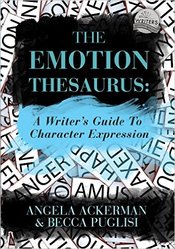 As an author, showing instead of telling isn't always easy. I'm definitely getting better with practice. I've also found that there are some amazing tools out there that have made a difference in my writing. One of those is the book The Emotion Thesaurus: A Writer's Guide to Character Expression by Angela Ackerman and Becca Puglisi. If you haven't taken a look at this book before, I strongly urge you to do so. Inside, you'll find a number of emotions listed from Anguish to Dread, from Gratitude to Love. With each emotion, the authors give a definition followed by very specific information that can be crucial to helping you describe a situation that your character is facing: Physical signals Internal sensations Mental responses Cues of acute or long-term responses to the emotion What the emotion might escalate to (a stronger emotion) Cues of a suppressed emotion A writer's tip at the end I keep this book on my desk and I pull it out numerous times per writing session. I can't recommend it enough. I usually buy my books in digital format. My wonderful husband bought this one for me in paperback and I'm incredibly glad that he did. There's something about being able to reach for it and flip right to the emotion I need in seconds. If you struggle with showing rather than telling in your writing, maybe a book like this could be of use to you as well. If you're an author who has a good grasp of this skill, the book can still be a wonderful source of different responses you can have your character experience. Either way, The Emotion Thesaurus is a reference I think all writers can benefit from. What kinds of references do you find helpful during the writing process? I'd enjoy hearing from you! It's been over three months since I wrote my blog post about using OneNote to help me organize my research and book details. If you haven't read the first post, you can find it here.
I thought I would report back with a quick update. At this point, I have finished the second book in my Love's Compass series and I've started a new book. I don't have a title yet, but while it's a stand alone, the main character was introduced in my novel Finding Hope. What does that mean? I now have three books (and at least one more) involving all of the same characters. Having a place where I can keep the many different details together is important. OneNote has continued to be a life saver for me. I find I go and look up details on a character, or glance through the current research notes, the most. I recently found yet another use for it as well. I was editing a chapter in Finding Hope and decided to rewrite much of it. I didn't want to lose the text I had. So I created a new page under Finding Hope in OneNote and copied all of that text there. That way, as I was rewriting the chapter, I could go back and pull bits and pieces from OneNote and incorporate that into the new text. It made the whole thing so much easier! Potentially, I could create a new page for each chapter and write out thoughts and ideas to save for future use. The possibilities are endless! Before OneNote, I was jotting everything down in a notebook. Now I have a program that I can pull up on my computer, tablet, or phone and look up any details I need in moments. If you've been struggling with how to organize your book notes, give OneNote a try! What do you use to help keep your writing details straight? I would love to hear from you! My Struggle: I've been struggling with an issue that I think a lot of authors face. I've been trying different ways to keep book ideas organized and in a way that's easy to access as I'm writing. It's definitely been an ongoing learning process. With Calming the Storm, I wrote away in a Word document. It wasn't until the editing process that I wished I had the outline laid out somewhere. I ended up jotting notes on notebook paper to try and keep changes in order as I went. This experience led to creating a notebook when it came to starting work on Finding Peace. I have a page for each character, a page with the timeline, another with the chapter outlines, etc. It definitely made things much easier. The problem? It's a big notebook and not easy to carry around with me. When I'm home, I didn't always had the space to lay the notebook open and I certainly didn't take it with me if I wrote somewhere else. Other Options I Considered: I heard about Scrivener and strongly considered moving to it. I got the trial and it was way more than I really wanted for my writing process. Don't get me wrong, this is an amazing program and I know many authors sing its praises. Personally, I like Word and I'm comfortable with Word. Yes, the ability to store websites offline, write about each character, and keep everything in one program is wonderful. But I found it to be a little much for myself. A couple of weeks ago, I saw a blog post about using Excel to keep track of things like timelines, chapter outlines, etc. I thought that was a great idea and it seemed much simpler than Scrivener. I mentioned to my husband that I might even do my character sheets in Excel since I could have a tab for each one. The Solution: That's when my husband suggested OneNote. I've used it for grocery lists and things like that, but never would have considered it as a way to keep track of everything in my books. When he told me that I could import an Excel sheet and even edit it within OneNote, I was sold. Let me tell you, this has been working wonderfully! I save my OneNote over to my OneDrive and I can access my book notes from my computer, tablet, or my phone. It opens quickly, it's easy to go through, and it's made the job of keeping everything organized so much easier. Meet OneNote - An Author's Friend: In OneNote, you have the ability to create notebooks. With each notebook, you can add tabs - or sections. You then have the option of adding pages under each of those tabs. I created a Love's Compass notebook so I could keep track of all the details associated with the series I'm currently working on. Within that notebook, I created tabs titled Series Overview, Town Information, Character Names Used, Character Pages, Finding Peace, Finding Hope, and Finding Faith. And I can add any other tabs I need at any time. Having a tab for Character Pages was a huge help. I could then include a page for each of my characters. As these character grow with each book, I add additional information. You can see some of the details I included on Tucks' page below. Note the list of pages on the right hand side. I can easily switch between characters. You can also insert photos. If you're the type of author who likes to find photos of actors or actresses that remind you of your character, you can do that here as well. I have a tab for each book. At this point, I keep the book synopsis and the timeline here. For the timeline, I went into Excel and created a spreadsheet - you can see part of the timeline for Finding Peace below. Warning: It may contain mild spoilers if you haven't read the book yet! I was then able to import this into OneNote as a table that could be edited. Now I have a great spreadsheet with all the information I need and I can add information as needed. This is a very powerful tool. OneNote can be used on almost any platform and it's completely free. I've been incredibly happy with this program. It has made keeping track of details in my books so much easier!
If you already use OneNote as a tool in your writing or if you decide to give it a try, please let me know what you think. How do you keep your plots and characters in order? Thank you for reading! |
ACFW Member
Archives
July 2023
Categories
All
|

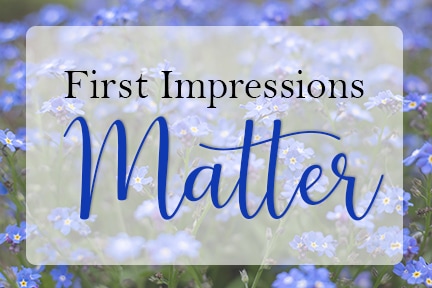
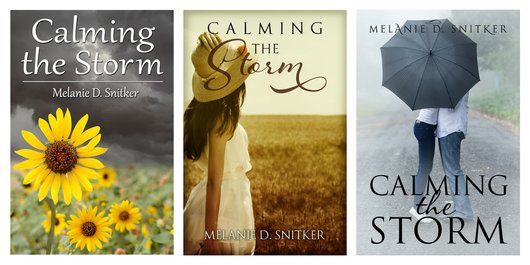
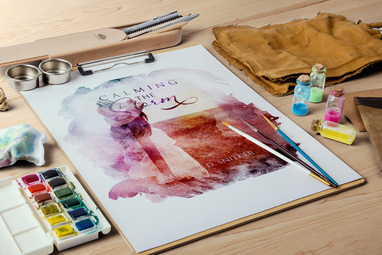
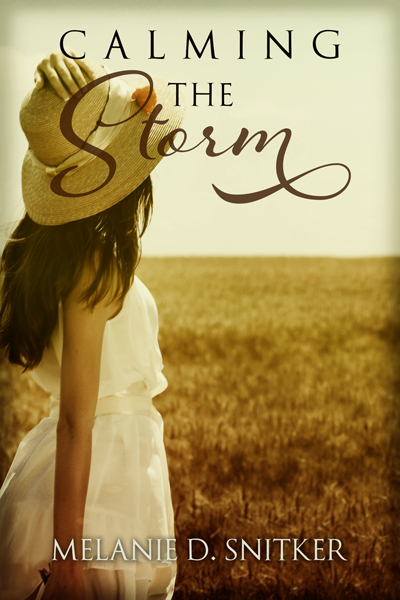
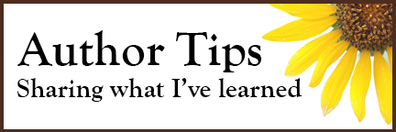
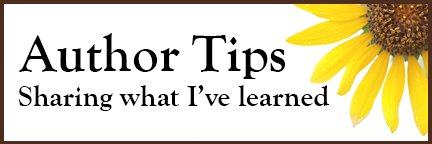
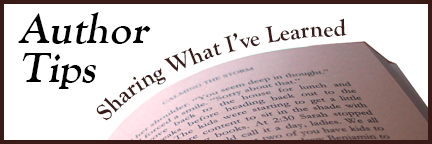
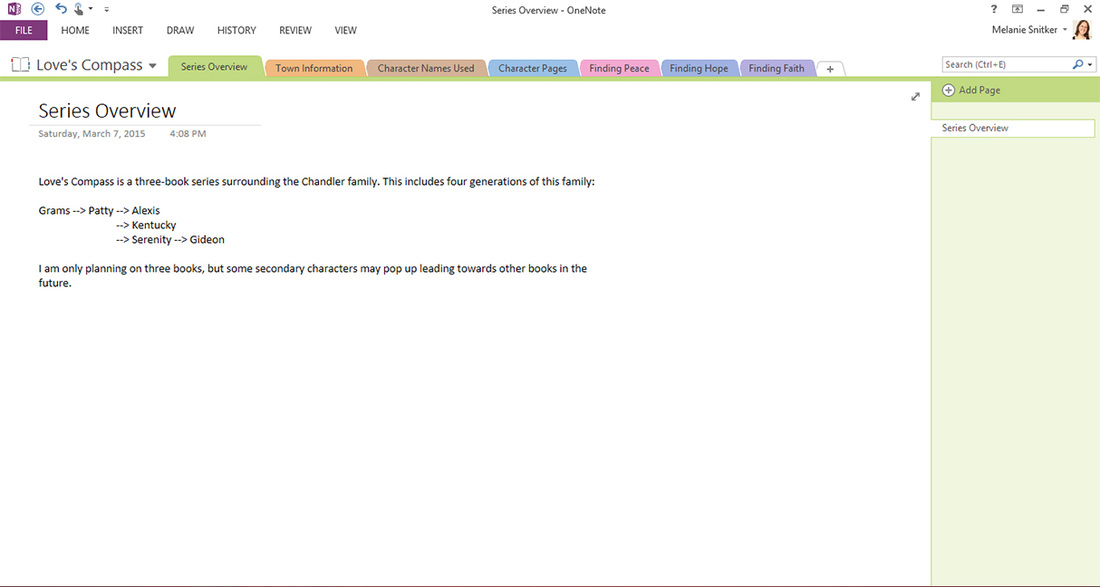
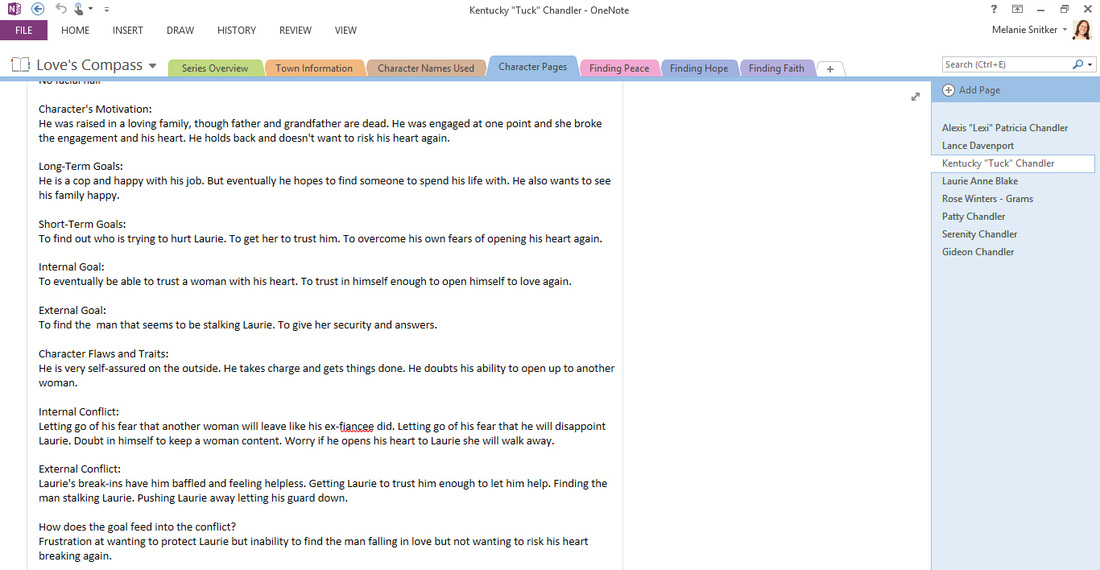
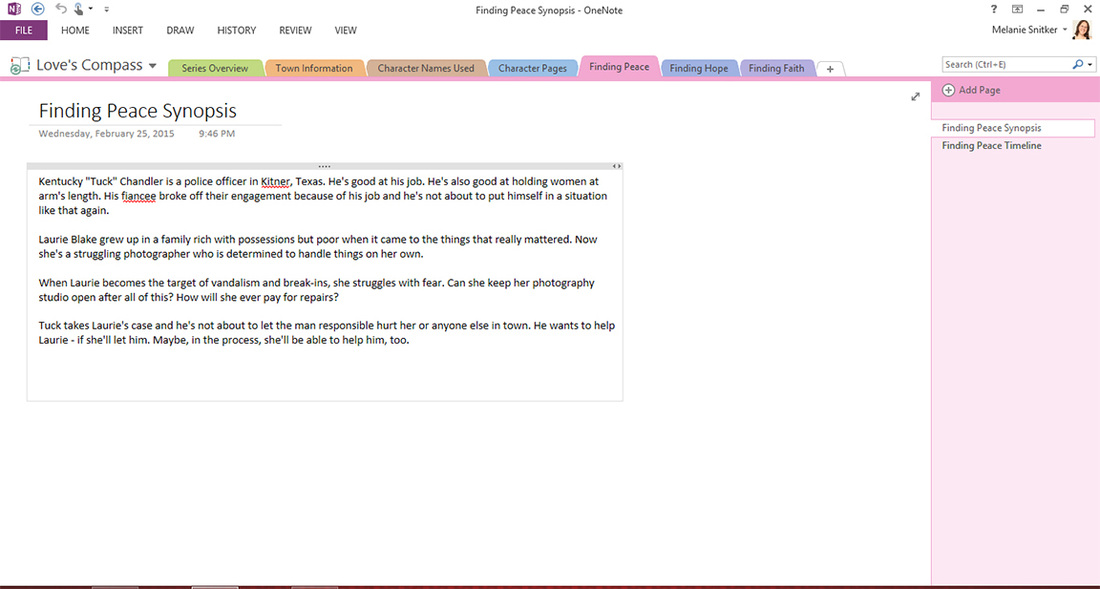
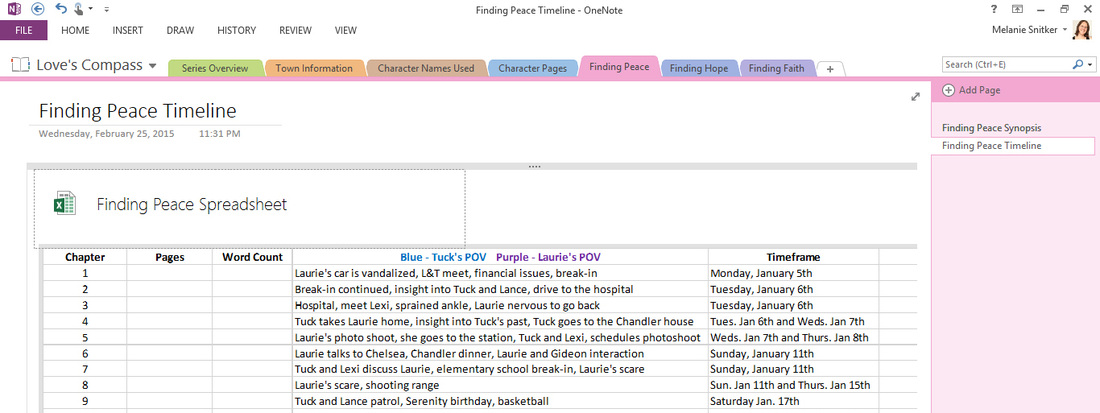
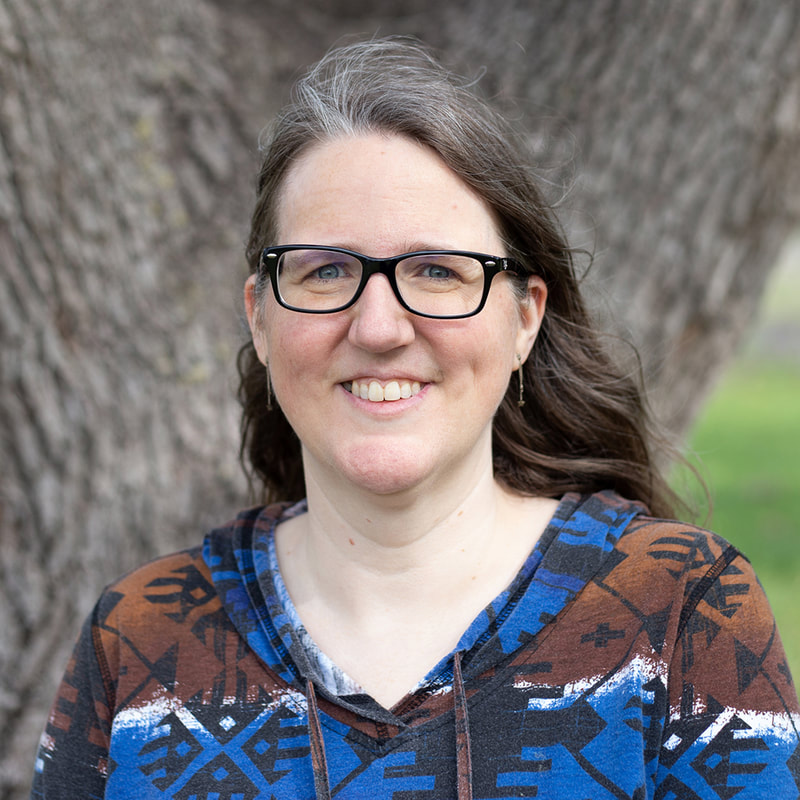


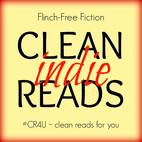



 RSS Feed
RSS Feed